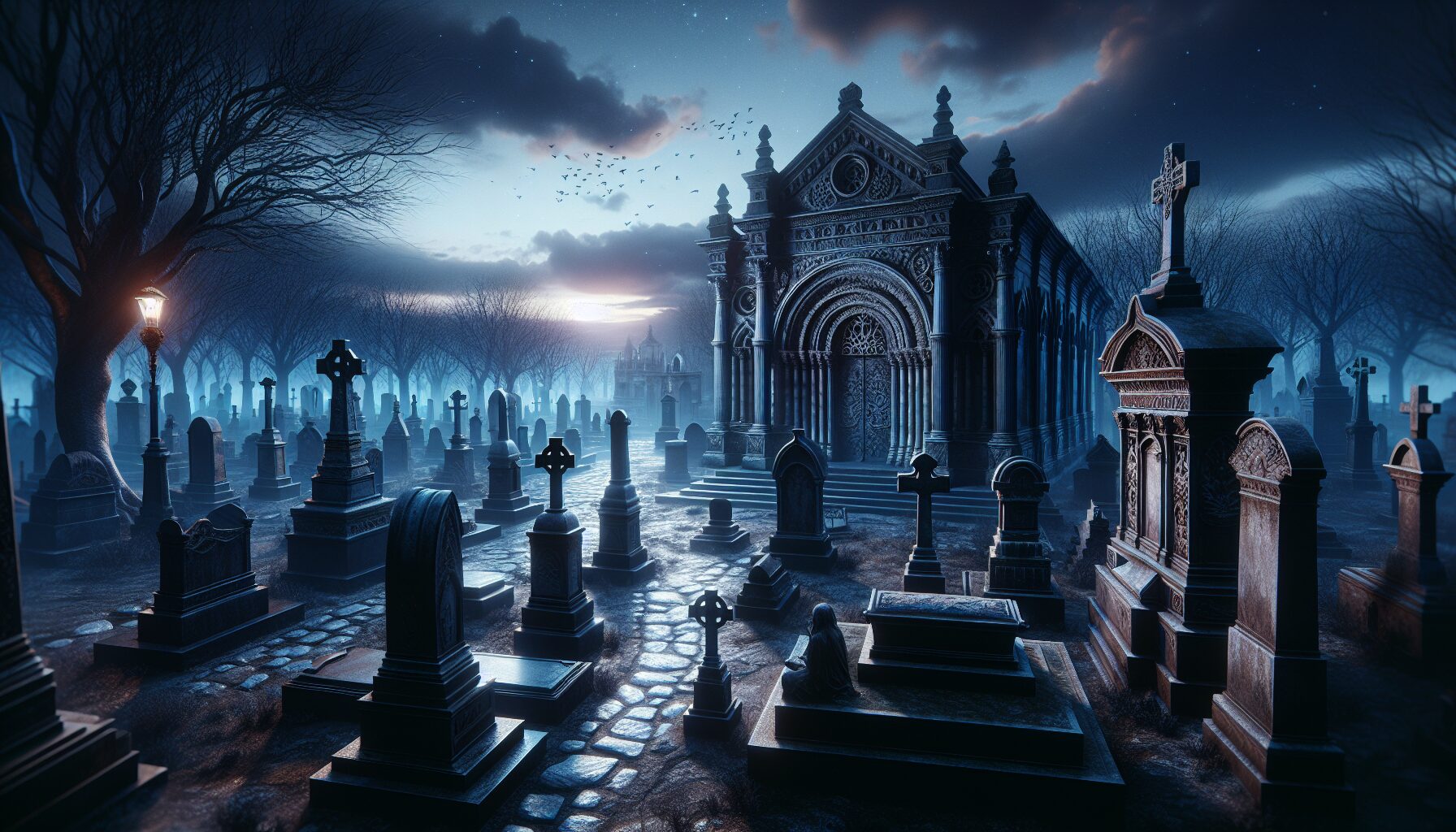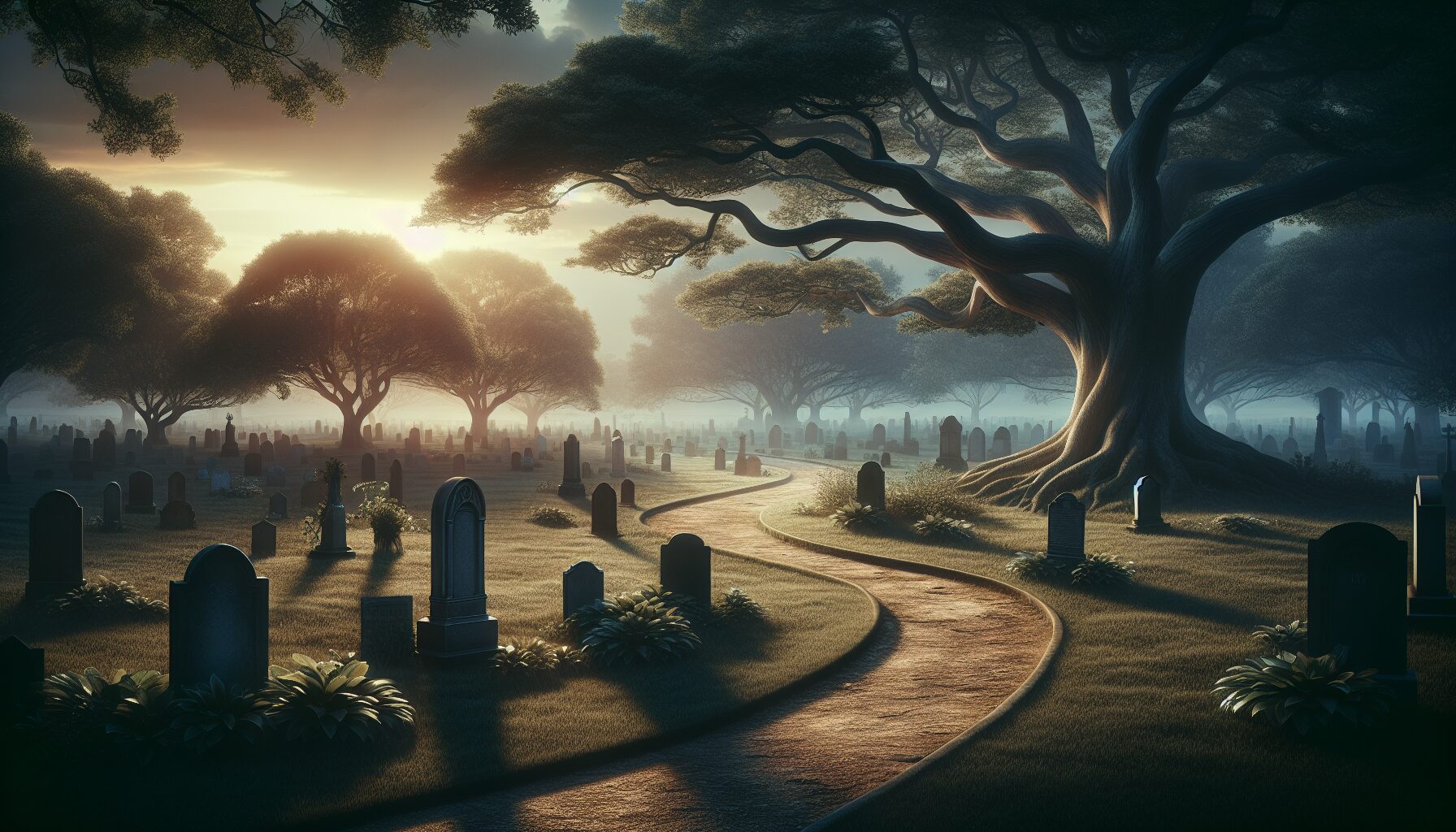Cemeteries evoke a mixture of solemnity and mystery. These hallowed grounds, silent witnesses to countless histories, have stories to tell—stories that often reside at the edges of society’s collective memory. Delving into these stories reveals not just the lives of the deceased but also the cultural and social contexts that shaped their existences.
The Silent Witnesses
“To forget one’s ancestors is to be a brook without a source, a tree without a root.” — Chinese Proverb
For many, cemeteries are places of mourning and remembrance, where visitors pay respects to their ancestors. Yet beyond the headstones bearing the names of the renowned lie the graves of those who lived in the margins, whose stories remain largely untold. These graves belong to individuals who may not have altered the course of history but nonetheless contributed to the rich tapestry of human life.
- The Unnamed: Many cemeteries host the remains of those whose identities are lost to time. Often, these were impoverished individuals, immigrants, or those who lived transient lives, their graves marked by simple stones or, sometimes, not at all.
- The Indigent Burials: Public graves for paupers might appear unkempt, a reminder of societal inequalities. These plots are poignant markers of those who couldn’t afford a traditional burial, yet they signify the commonality of death.
Unveiling the Past: How Cemeteries Bring History to Life
Cemeteries function as open-air museums, teaching us lessons about architecture, art, culture, and history. Headstones and plaques offer insights into past lives through epitaphs, iconography, and dates.
Differentiating Cultures: Historical cemeteries often reflect cultural diversity and changing societal norms. Religious symbols may coexist, demarcating diverse spiritual beliefs in life and after death. Inscriptions in various languages testify to the multicultural communities that thrived over different eras.
Resilient Narratives: Stories of courage and resilience can also be found in these memorial gardens. Graves of soldiers who fell in wars far from home, immigrants who journeyed to new lands in search of better lives, and activists who fought for rights and justice all rest within the cemetery’s embrace.
In an article by the National Geographic, the role of cemeteries as historical records is emphasized: “From slaves in African American burial grounds to Indigenous peoples whose grave markers are symbols rather than written words, cemeteries are testaments to lives lived and lessons learned.”
The Art of Mourning: Cemetery Aesthetics and Symbolism
The visual language of cemeteries tells stories about societal values and personal beliefs. Ornate statues, intricate carvings, and symbolic motifs serve as bridges between the living and the dead.
- Angels and Lambs: Popular in Victorian-era cemeteries, these symbols signify innocence and divine protection. They are often found in graves of children, highlighting the emotional burden of lives cut short.
- Obelisks and Crosses: These symbols convey strength and faith. The obelisk, rooted in ancient Egyptian tradition, represents permanence and connection to the divine.
- Nature’s Motifs: Trees, laurel wreaths, and acorns symbolize eternal life and resurrection, while weeping willows evoke mourning and lamentation.
An article by the Smithsonian Magazine explores these aspects: “The symbolic language of funerary art speaks volumes about the deceased’s identity, beliefs, and the grieving family’s aspirations.”
Preserving the Legacy: Challenges and Initiatives
As urban landscapes evolve, cemeteries face numerous challenges, including neglect, vandalism, and encroachment. Many community initiatives and historical societies have emerged to preserve these invaluable spaces.
Conservation Efforts: Groups dedicated to cemetery preservation advocate for the maintenance of these sites, ensuring they continue to serve as repositories of history and culture. Restorative efforts often involve clearing overgrown vegetation, repairing damaged headstones, and protecting cemeteries from development threats.
Educational Programs: Tours, workshops, and public talks organized by museums and educational institutions aim to raise awareness about the significance of cemeteries. These programs invite the public to explore and appreciate the stories etched into these timeless landscapes.
However, maintaining these efforts requires ongoing support and recognition of the importance of cemeteries as cultural heritage sites. In an article from Historic New England, the necessity of these initiatives is highlighted: “Cemeteries are not just places of rest but also a vital part of our historical narrative, deserving of protection and preservation.”
Cemetery Chronicles: An Invitation to Discover
Cemeteries, with their silent stone monuments, invite us to explore the stories of those who came before us. By engaging with these narratives, we ensure that the lives led on the margins are remembered and honored.
To walk through a cemetery is to participate in a complex tapestry of history, geography, and sociology. Each grave, marked or unmarked, tells a tale that adds depth to our understanding of human heritage. The act of remembering is itself a sacred rite, one that celebrates the resilience, diversity, and shared humanity of the deceased.
In visiting these sacred grounds, we are offered a profound connection to history and a poignant reminder of the impermanence of life. These cemetery chronicles urge us to listen closely to the whispers from the margins, learning from the forgotten tales embedded in our shared history.

